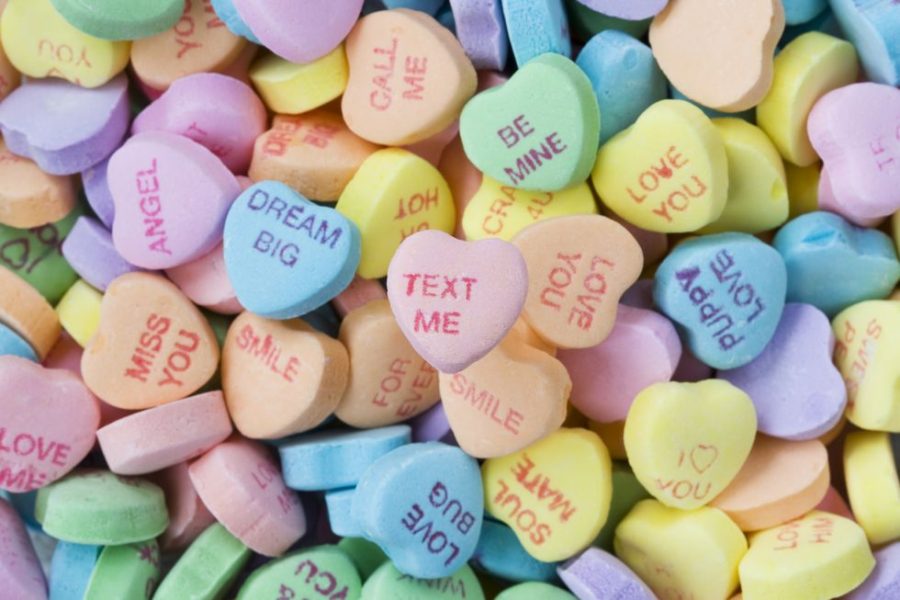The Story (and Science) of Valentine’s Day
February 4, 2022
February — A month of oohs and ahhs, hearts, little cupids, and all things love. A placeholder for the dreamed of or dreaded holiday, Valentine’s Day. Whether you’re with another or flying solo, Valentine’s day holds a deeper meaning than just heart-shaped chocolates and bouquets of flowers. It celebrates the feeling of love.
Valentine’s Day was not always a celebration of romance, it was quite the opposite. In the age of ancient Rome, Valentine’s Day was a festival celebrated in mid-February called Lupercalia that welcomed spring. During the festival, women were paired off with men by lottery. At the end of the 5th century, Pope Gelasius I forbade the festival, and by the 14th century, the holiday began to be celebrated the way it is today.
When people think of Valentine’s Day, they often think of love: falling in love, being in love, and everything in between. But there’s a true science to love, a physiological science, that occurs within different phases. During the passionate love phase, passion-facilitating hormones and neurotransmitters such as testosterone, dopamine, and adrenaline flood the body. This will then produce intense physiological changes. Passionate love transitions into companionate love, which is the release of oxytocin that supports feelings of trust, calmness, and bonding with a partner.
Equity — the equal give and take of each partner – is an important factor in sustaining companionate love. This phase of love contains the deep affectionate attachment one feels for those with whom our lives are intertwined. This is typically a more steady and mature form of love.
In high school, companionate love can be hard to come by, but there is no shortage of passionate love. According to a study conducted by L. Brannon for Gender Psychological Perspectives, 57% of teens between the ages of 12 and 17 are regularly dating and one-third have steady partners, but sadly, most high school romances only last about six months to a year.
Valentine’s Day, however, isn’t just for kissing couples. It is also celebrated by friends. Galentine’s Day, a popular way single girls celebrate the holiday, is an opportunity to honor gal pals. They may exchange gifts, partake in fun, or share a relaxing dinner or a day at the spa.
When asked about his plans for Valentine’s this year, sophomore Brayden Albrigo said, “I plan to take my girlfriend out to dinner and just spend some time with her.” And that’s the point, to spend time with those we value. Valentine’s Day is an invitation to recognize the love and feel good people in our lives. Let them know they matter. It can be done with flowers, hearts, a note, or a smile.


